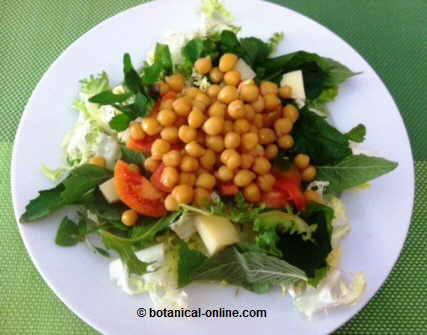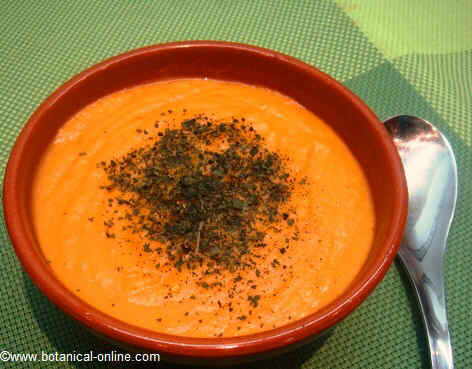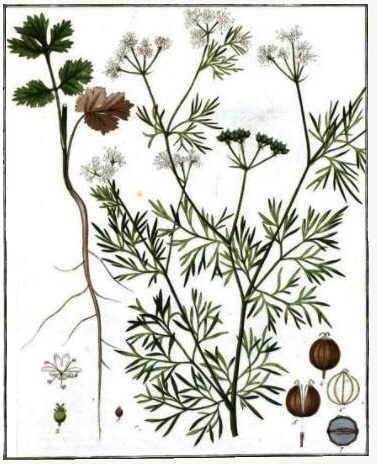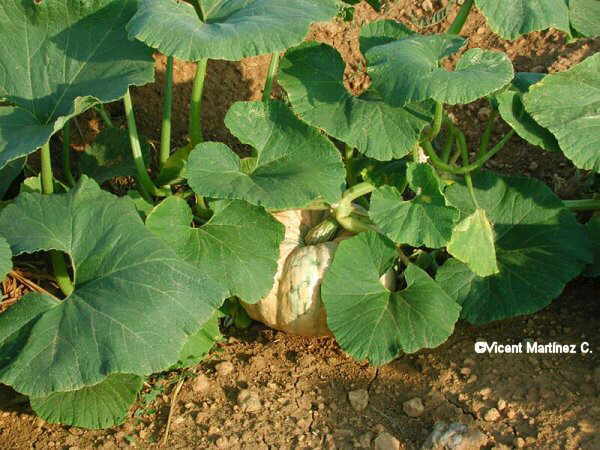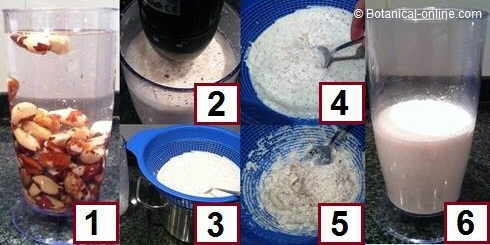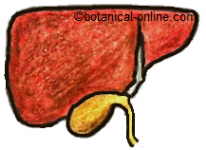Contents
What is calcifying diet? Bone loss diet
What are calcifying foods?
Some foods contain more calcium than phosphorus. They have a calcium-phosphorus ratio values greater than 0.8. Therefore, they must be considered calcifying.
(A value of 0.7 is considered acceptable in the relationship Calcium Phosphorus, due to the difficulty of performing an actual calcifying diet without additional supplementation.)
How to calculate the calcium-phosphorus ratio?
This relationship can be readily calculated. The calcium content of the food must be divided by the phosphorus content of the food
For example, figs, have a content of calcium (Ca) of 35 mg and a content of phosphorus (P) of 14 mg. Therefore, the Ca / P = 2.5, so figs are calcifying.
This does not mean we should only eat figs to be calcifying. What it means is that any healthy diet should be balanced and contain the maximum possible variety of foods.
List of foods that are good sources of calcium
| Vegetable foods | Calcifying Ca/P>0.8 |
| Potato starch | 5.83 |
| Olives | 5.64 |
| Watercress | 5.63 |
| Nettle | 3.11 |
| Chard | 2.64 |
| Figs | 2.5 |
| Dandelion | 2.47 |
| Spinach | 2.47 |
| Fennel | 2.13 |
| Rice starch | 2 |
| Mandarin | 1.94 |
| Parsley | 1.91 |
| Vegetable foods | Acceptable Ca/P>0.7 |
| Apricot | 0.77 |
| Mango | 0.77 |
| Dairy products | Calcifying Ca/P>0.8 |
| Soft cheeses (brie type) | 2.12 |
| Mare’s milk | 2.03 |
| Vegetable foods | Calcifying Ca/P>0.8 |
| Potato starch | 1.9 |
| Olives | 1.77 |
| Watercress | 1.72 |
| Nettle | 1.61 |
| Chard | 1.53 |
| Figs | 1.46 |
| Dandelion | 1.44 |
| Spinach | 1.33 |
| Fennel | 1.3 |
| Rice starch | 1.29 |
| Mandarin | 1.29 |
| Parsley | 1.27 |
| Vegetable foods | Acceptable Ca/P>0.7 |
| Apricot | 0.77 |
| Mango | 0.76 |
| Dairy products | Calcifying Ca/P>0.8 |
| Soft cheeses (brie type) | 1.6 |
| Mare’s milk | 1.59 |
| Vegetable foods | Calcifying Ca/P>0.8 |
| Celery (leaf) | 1.25 |
| Endive | 1.25 |
| Zucchini | 1.2 |
| Kohlrabi | 1.2 |
| Lettuce | 1.19 |
| Red cabbage | 1.18 |
| Lemon | 1.18 |
| Blueberry | 1.18 |
| Grapefruit | 1.12 |
| Acerola | 1.09 |
| Loquat | 1.07 |
| Red currant | 1.07 |
| Vegetable foods | Acceptable Ca/P>0.7 |
| Blackberry | 0.75 |
| Grapes | 0.75 |
| Dairy products | Calcifying Ca/P>0.8 |
| Cow mild | 1.3 |
| Yogurt | 1.3 |
There are foods that contribute with significant amounts of calcium, but they t did not turn out to be calcifying. This is because, although they have plenty of calcium, they contain further amount of phosphorus, so they are actually decalcifying.
Calcifying food | Decalcifying food |
Milk, yogurt and some cheeses | Almonds |
Fruits: Figs | Chickpeas |
Vegetables: Carrots, cabbage,… | Bluefish (except sardines) |
List of foods suitable to add calcium to our bones
In the following list, we can see foods that have a calcium-phosphorus ratio greater or equal than 0.8 and, therefore, they are considered calcifying. This does not necessarily imply that they have more calcium than phosphorus, in fact only those foods with a relationship greater than 1 have more calcium than phosphorus.
Among the cited calcifying foods we will find many of plant origin, such as fruits and vegetables, but, we also will some animal food, such as dairy products and oily fish.
We also include those having a ratio between 0.7 and 0.8, since it is considered they have acceptable levels.
When enhancing calcifying food consumption?
A diet rich in these foods, in addition to considering other many different parameters, can be extremely beneficial in specific situations (, muscle cramps, tingling, problems with blood clotting, abnormal heart rhythm, postoperative intervention of the thyroid gland immobilization for long periods of time) or life stages (growth, pregnancy and lactation, menopause, aging,…) which see increased calcium needs in food.
We must not forget that, for proper absorption and fixation of calcium in bones and teeth, it is necessary to provide the necessary amount of vitamin D.
Obviously, also for previous illnesses such as osteopenia (decreased bone density. It is the preliminary to a possible osteoporosis), osteoporosis (severe decrease in bone density, increased fragility and risk of fracture), osteomalacia (lack of vitamin D responsible for establishing the calcium in the bone, bone weakening, etc.).
![]() More information on decalcifying diet.
More information on decalcifying diet.

